Financial Fragmentation Of The Eurozone In Pictures
Authored by Mike Shedlock via MishTalk,
Eurozone fragmentation is massive. Target2 imbalances are just part of the picture.
Eric Dor, Director of Economic Studies at IESEG School of Management, Paris, pinged me with his latest post: Financial Fragmentation of the Euro Area is the Main Challenge for the ECB.
This is a guest post, but an incomplete one. You can download the full report at the above link. What follows is from Eric Dor.
Diverging Patterns of the Flows of Funds Between the Center and the Periphery of the Euro Area
Since the start of the financial crisis, funds have had a tendency to migrate from peripheral countries to center countries. These financial flows have been caused by various factors, including a general distrust of the banking systems of peripheral countries or the famous redenomination risk.
In creditor countries, there is also a fear that, in the case of a euro breakup, the central banks of the leaving countries would default on the Target 2 liabilities that are denominated in euros. As a consequence the ECB would incur huge losses that would be imputed to the remaining national central banks. The president of the ECB has indeed officially stated that “If a country were to leave the Eurosystem, its national central bank’s claims on or liabilities to the ECB would need to be settled in full”. But the national central banks of leaving countries would surely lack the necessary reserves in euros to settle their liabilities to the ECB. There is a debate about the impact of the resulting losses on the functioning of the NCBs of the Eurosystem. It must indeed be pointed out that the loss absorbtion capacity of these national central banks is very big.
The banks of the periphery and those of the center of the euro area widely differ in their funding needs and excess liquidities. The national banking systems having huge excess liquidities, and paying the most part of the negative interest rate penalty, are different form the national banking systems massively borrowing from their national central banks.
The banks located in countries of the center of the euro area already have abundant liquidities, without having to borrow much additional liquidities from their national central bank. Banks located in France and Germany own 61% of the liquidities deposited at the Eurosystem, on the current accounts and the deposit facility. But they only benefit from 28% of the outstanding LTRO and TLTRO loans granted by the Eurosystem to banks.
On the contrary, banks located in the periphery of the euro area have a very low level of liquidities deposited with their national central banks, but massively borrow from them. Banks located in Spain and Italy only own 9% % of the liquidities deposited at the Eurosystem, on the current accounts and the deposit facility. But they benefit from 56% of the outstanding LTRO and TLTRO loans granted by the Eurosystem to banks.
LTRO and TLTRO Loans
[Mish comment: LTRO = Long-Term Refinancing Operations]
[TLTRO = Targeted Long-Term Refinancing Operations]
[Essentially these are subsidized loans on the ECB's belief they would stimulate bank lending.]
[Rumors have circulated the ECB will run out of bonds to but but ECB president Mario Draghi says "don't worry".]
The new system thus essentially benefits to the banks of the periphery of the euro area, where exces liquidities of banks are low. In the countries of the center of the euro area, where liquidities are abundant, the reduction of the cost is relatively small.
It must also be pointed out that the reduction of the direct cost will quickly be eroded by the consequences of the relaunch of the QE. Indeed the net purchases of assets by the Eurosytem will mechanically increase the amount of liquidities deposited by banks on their current accounts with the national central banks. It will thus increase the deposited liquidities that will be taxed by the negative interest rate.
Non-Performing Loans
The banks of the peripheral countries of the euro are remain excessively loaded with bad quality loans, even if they are decreasing. The banking sector of the euro area remains fragmented. [emphasis mine].
Flow of New Loans
It is also striking to observe that, since the start of the recovery in the euro area, bank lows have strongly grown in France and Germany, but remain depressed or are even decreasing in Spain and Italy, despite several years of extreme monetary policy accommodation. [emphasis mine]
It is thus logical than in the countries of the center of the euro area, where bank loans are dynamic, many people question the usefulness of negative rates and a new launch of the QE. It also normal that, in view of the poor result of the ultra- accommodative monetary policies in the periphery, some critics also doubt that such a policy is the right way to address the structural problems of these countries.
Domestic Sovereign Exposure
Most countries of the euro area banks remain very exposed to the public debt of their country. In percentage of their equity, this exposure however varies widely.
It is worrying that this exposure is extremely high for banks located in Italy, the debt of which is the riskiest in the euro area. In Italy, a Greek style restructuring of the debt would fully wipe out CET1 [common equity tier 1] capital of the domestic banks.
Inflation Heterogeneity
Another feature of the fragmentation of the euro area is the extreme geographical heterogeneity of the inflation rate, based on the HICP. On average over 12 months, it ranges from 2.9% in Latvia to 0.5% in Portugal.
Even the efficiency of monetary policy is threatened by this heterogeneity. The problem is that policy interest rates are the same for the whole euro area. To the extent that there are similar divergences between the expected inflation rates, a same [sane?] nominal policy interest rate implies very different real interest rates in the different countries.
Real Interest Rates
The common policy implies higher real interest rates in the periphery than in the center of the euro area, which is exactly the contrary of what should be achieved.
It is a big problem for the transmission of the monetary policy of the ECB.
Real Disposable Income Divergence
Real disposable income per capita remains depressed, and much lower than before the financial crisis, in Italy and Spain. On the contrary it has risen in Germany and France. It is thus clear that the degree of monetary policy accommodation that is necessary to support real activity widely differs between the euro area countries. It can be confirmed by looking at the labour market.
Unemployment Divergence (Under Age 25)
While the unemployment rate is very low in countries like germany or the Netherlands, it remains very high in many peripheral countries, specially Italy. It is also very high in Spain and Greece. The most striking divergence is related to the unemployment rate of the young workers.
Mish Comments
Thanks to Eric Dor for another excellent article.
Fundamental Flaws of the Eurozone
I have comment on much of this before.
-
I sarcastically labeled interest rate policy as "One Size Fits Germany". Policy that is appropriate for Germany is not appropriate for Italy, Spain, and Greece. Yet, here we are.
-
Target2 policy is another fundamental flaw of the Eurozone. How can Italy pay back 444 billion euros to creditors, primarily Germany? Spain owes over 400 billion. Germany is owed nearly a 900 billion euros.
-
Agricultural policy centers around saving the French farm to the detriment of literally everyone else.
-
Work rules vary widely. Italy and Greece are basket cases. So is France, just arguably no as bad.
-
Tax policy varies.
-
The EU leaders want a European army. Germany does not want to budget for it.
Social Political Poison
On September 23, I noted Negative Interest Rates are Social Political Poison.
To be more precise Anne Kunz and Holger Zschäpitz co-authored an excellent article for Welt (in German) called the Interest Rate Business Model is Dead.
Dor's charts support that view.
Draghi Open to MMT and a People's QE
On September 24 I noted Draghi Open to MMT and a People's QE.
Despite being against the Maastricht Treaty on which the Eurozone was founded, Dragihi want to investigate MMT.
What's really going on?
I addressed her question in What the Hell is the ECB Doing?
There are only two answers. One of them is very unsettling.
-
Ignorance
-
On Purpose
How is it that Draghi cannot see the damage negative interest rates do to German banks?
Both Deutsche Bank and Commerzbank have complained about negative interest rates.
And why can't Draghi see that negative rates helped neither the Eurozone, nor Japan?
Alternatively, Draghi can see that negative rates hurt but he either doesn't care or actually wants that outcome.
Counterproductive Policy
On September 10, Eric Dor, Director of Economic Studies at the IESEG School of Management in Paris emailed an article with some interesting charts regarding the Counterproductive Interest Rate Policy of the ECB.
I discussed Dor's article in Questioning Lagarde as Gross Interest Income in Germany Heads Towards Zero
Email from Lacy Hunt
Shortly after posting Dor's take, Lacy Hunt at Hoisington Management, pinged me with these comments.
"Dor's article is outstanding. This is consistent with the great theoretical economics of the late Stanford economist Ronald McKinnon who argued that even before interest rates fall below zero, the counterproductive feedback loops outweigh the benefits of the lower rates even if the interest rates are lower in real as well as nominal terms. If you are not familiar with McKinnon's economics, I strongly urge you to do so."
DiMartino asks "Can someone, ANYONE, please raise your hand ..."
Before answering, please ponder a different question: What better way can there possibly be to get Germany to commingle debts and bail out Italy than to destroy German banks, putting the bailout on the backs of German citizens?
We have come around to the same spot with the same question but with more supporting charts from Dor.
https://ift.tt/31JbDPK
from ZeroHedge News https://ift.tt/31JbDPK
via IFTTT


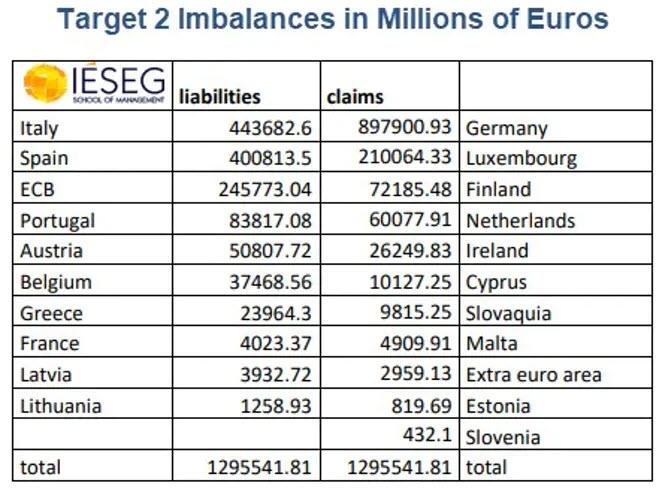
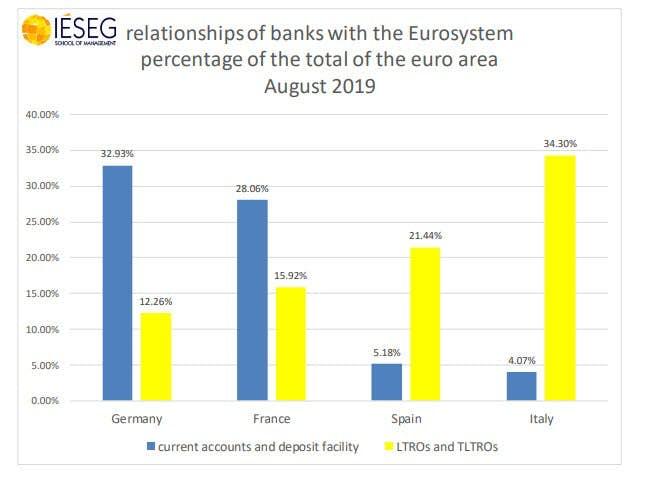
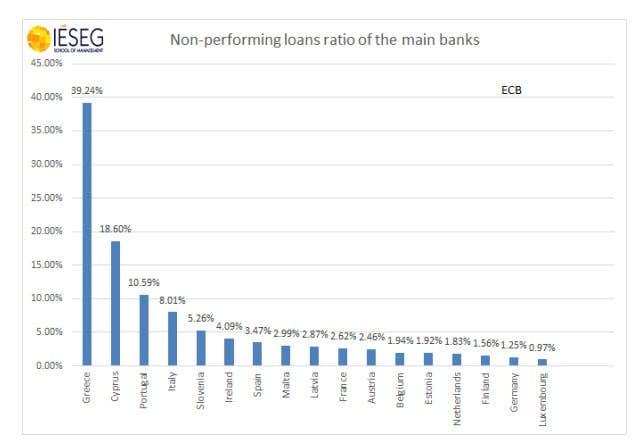
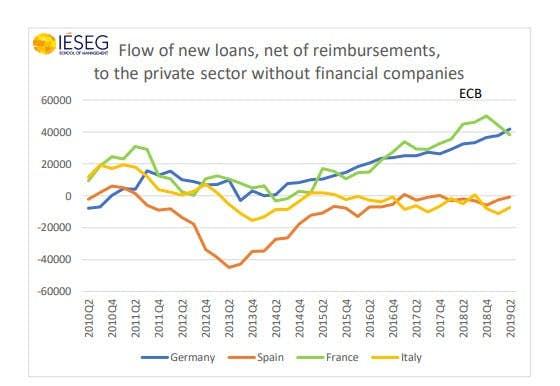
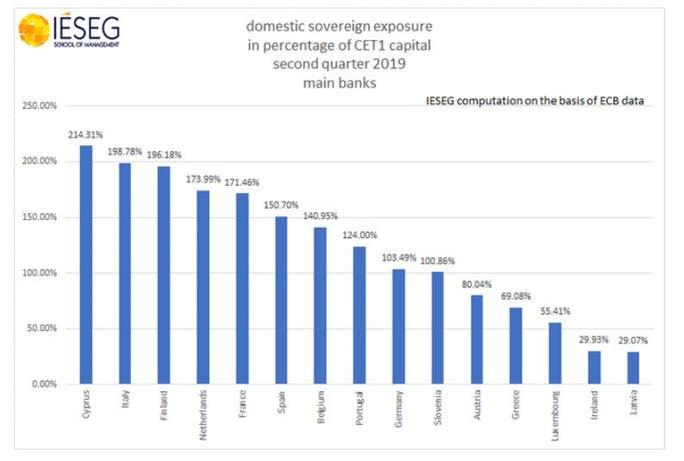
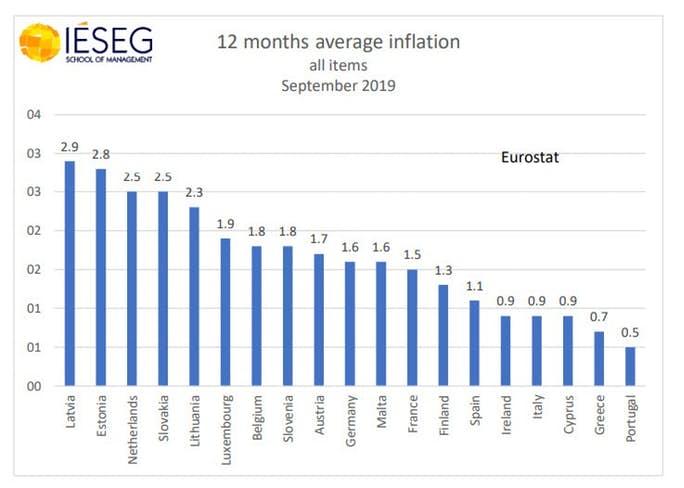
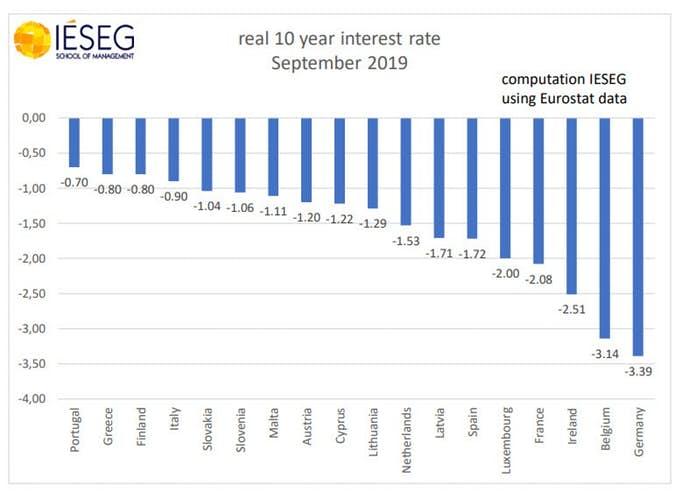
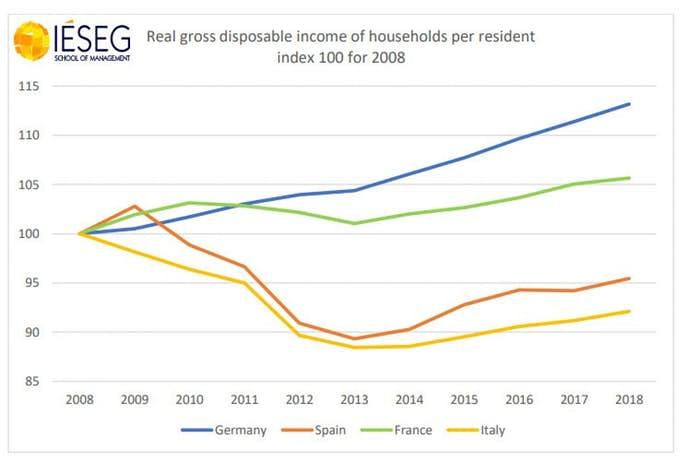
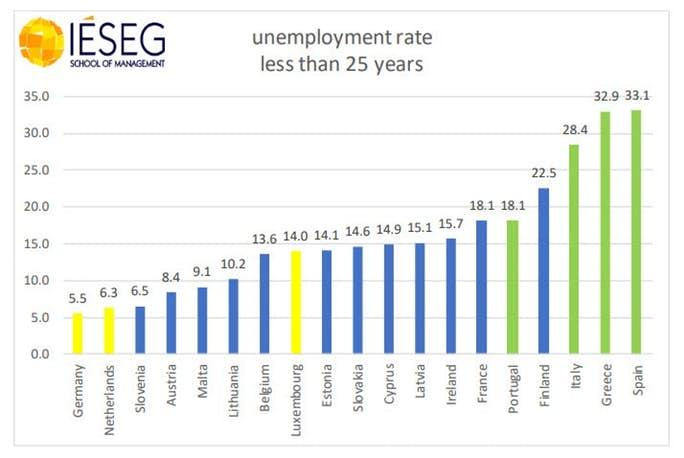
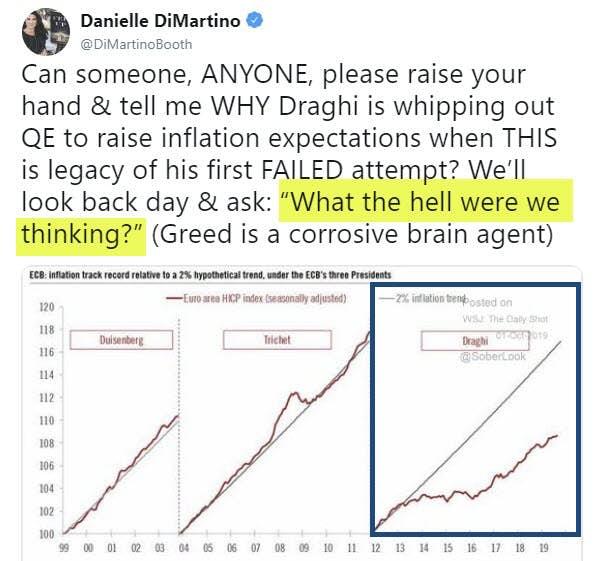


0 comments
Post a Comment